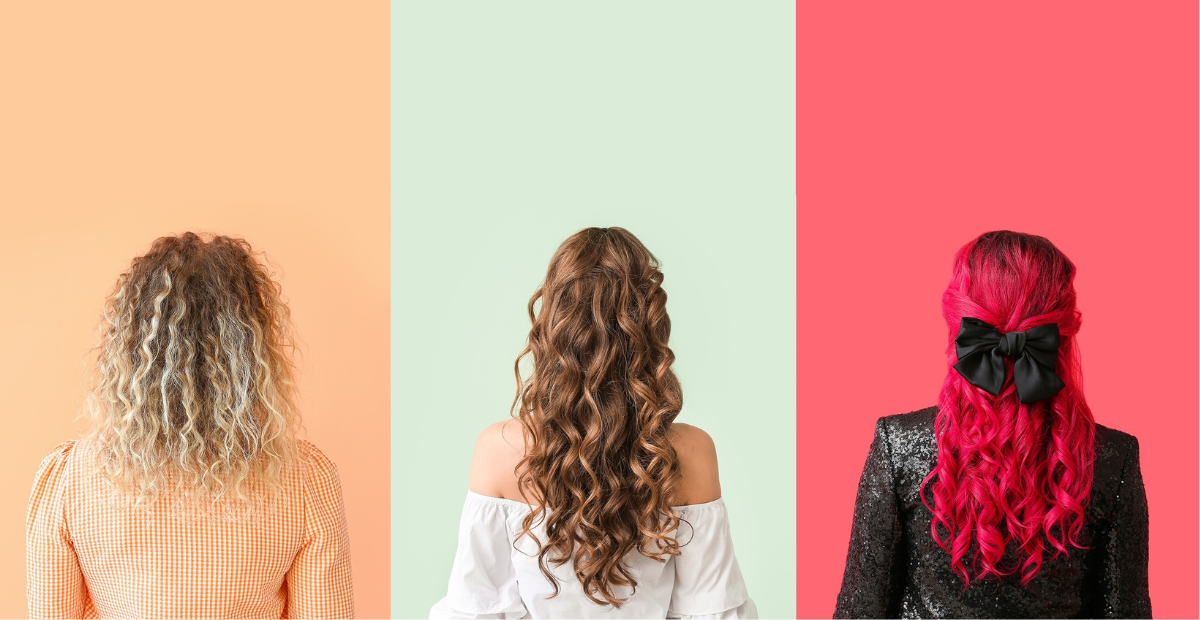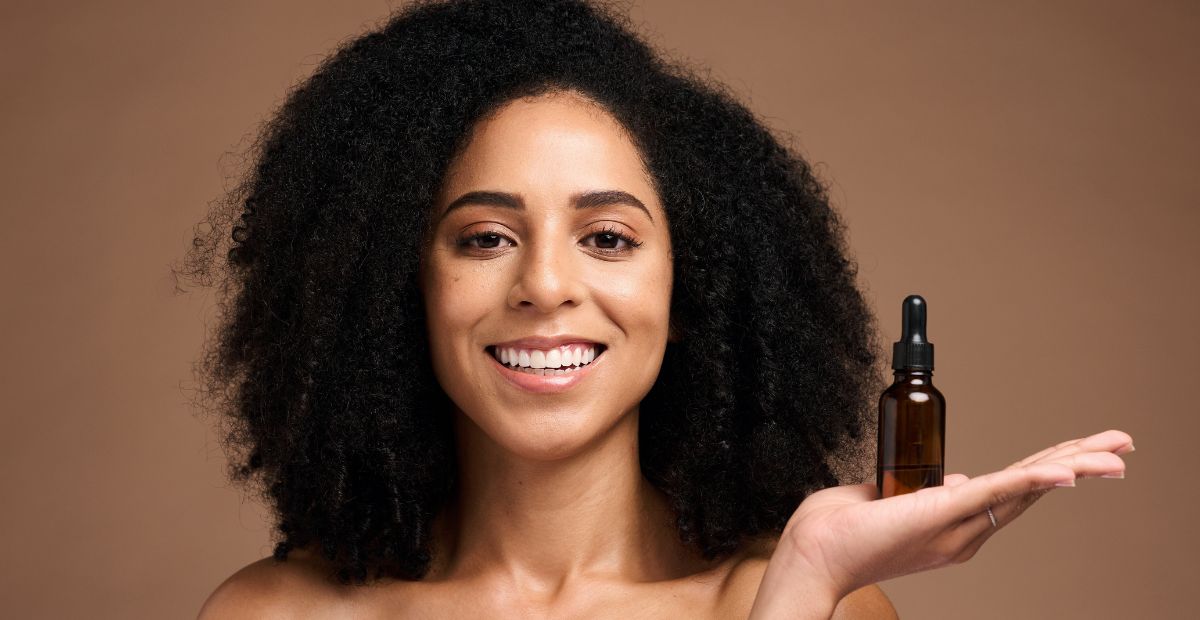The Guide to Best Ingredients for Rosacea (And Its Worst Enemies)
Onskin Content Team
Your guides through the skincare chaos

How are they—your best ingredients for rosacea? By now, we’ve shared plenty of tips on managing rosacea. If you haven’t caught them yet, check out our posts on the best strategies and key dos and don’ts of rosacea skin care. While we recommend reading them in order, feel free to jump into whichever post interests you most!
In today’s text, we’ll talk about your helping hands for rosacea skin. We’ll also highlight what ingredients to avoid if you have rosacea. Plus, OnSkin is always here to spot all the allies and foes for your skin type and its conditions.
Main Principles of Rosacea Skin Care
Rosacea is a tricky condition, and even dermatologists sometimes find it hard to pin down. What causes it is still not fully understood. So, what do we do? We focus on what we know for sure. We understand that skin with rosacea:
1. May have an impaired skin barrier.
2. May be prone to irritation and water loss.
3. May be prone to inflammation.
That means the right ingredients to address these issues can work wonders for rosacea skin care. And the best part? They do! These ingredients are exactly what rosacea-prone skin may crave.
6 Best Ingredients for Rosacea

To keep rosacea-prone skin calm and healthy, the right ingredients should target its biggest challenges. Some help strengthen the skin barrier, others lock in moisture or soothe inflammation—each with its own unique strengths. Let’s take a closer look at what makes them so beneficial for rosacea skin care.
Azelaic Acid
Azelaic acid is one of the best ingredients for rosacea—it’s FDA-approved, and for good reason! With its anti-inflammatory properties, it can help reduce redness and irritation. Plus, thanks to anti-microbial benefits, it can prevent flare-ups and stop those pesky bumps and pimples (known as papules and pustules) from forming.
The proof is a review of 20 studies, which showed that azelaic acid improved skin clarity better than a vehicle (a base without active ingredients). The studies also found this superhero calms irritation from sun exposure, which is especially helpful for people with rosacea, as sunlight can trigger or worsen their condition.
All these results came from 15-20% prescription-strength formulations. Today, you can also buy 10% over-the-counter options.
Colloidal Oatmeal

Colloidal oatmeal is just finely ground oatmeal that’s processed to form a powder so tiny, it mixes easily with water and forms a suspension. In skin care, it’s already a classic!
Research shows it can reduce inflammation, relieve itching, and help strengthen the skin barrier. That’s why it’s a go-to for conditions like atopic dermatitis. And since rosacea shares similar symptoms (like redness, irritation, and UV sensitivity) colloidal oatmeal can work just as well for rosacea skin.
Niacinamide
Niacinamide is a great skincare ingredient, and it’s especially helpful for rosacea treatment. Not only does it help strengthen the skin’s natural barrier, but it also supports the production of ceramides and collagen. This makes your skin more hydrated and elastic and, as a result, better equipped to handle irritation.
With its anti-inflammatory properties, it can reduce redness and calm irritation (your worst enemies, if you have rosacea). Niacinamide can also help protect your skin from rosacea triggers like sunlight, wind, and temperature changes. As a result, you’ll run into fewer flare-ups.

Need evidence? Research backs niacinamide’s benefits. In one study, 50 people with rosacea used a niacinamide moisturizer on their face and one forearm twice a day. After 4 weeks, nearly all of them had less redness, dryness, and irritation. Plus, their skin was better hydrated. And the best part? All 46 participants who completed the study tolerated it well!
Licorice Root
Licochalcone A, a powerful antioxidant from licorice root, is another best ingredient for rosacea, because it helps calm irritation and visibly reduce redness.
Research backs this up. A study with 62 people who had mild to moderate facial redness tested a skincare routine with licochalcone A for 8 weeks. The results? Redness faded and the skin of participants felt more comfortable. Plus, the products with licochalcone A were gentle and well-tolerated.
Tea Tree Oil
Tea tree oil is a natural powerhouse for rosacea symptoms, especially if you’re dealing with Demodex mites. When these mites multiply too much, they can cause itching and redness, which are common signs of skin issues like rosacea. The cool thing? Tea tree oil can help keep them in check!
One in-vitro study supports this. Researchers used skin samples from rosacea patients and tested six different concentrations of tea tree oil (ranging from 2.5% to 100%) to see how long the mites lived. The results showed that higher concentrations of tea tree oil killed the mites faster. In fact, at 25%, it worked just as well as some standard rosacea treatments like 5% permethrin.
Topical Sulfur

Sulfur-based products are common and easy to find—they come in creams, soaps, masks, and more. Plus, they’re usually pretty easy on the wallet.
There is a study that took a look at how well topical sulfur works for rosacea compared to topical metronidazole in actual patients, not just in the lab. Both treatments worked well, improving things like burning, flushing, and sensitivity. The only thing sulfur didn’t help much with was itching. In fact, both rosacea treatments showed no major differences in effectiveness or side effects.
More Allies on Your Side

If you have rosacea skin, a little extra care goes a long way—and the right ingredients can help strengthen its natural defenses. Some ingredients can fortify your skin’s barrier, while others help boost its local immunity. Look out for these:
Ceramides (Ceramide 1, 2, 3, 4, 6, 6 li, and AP). Think of ceramides as the glue that holds your skin barrier together. They help repair damage, reduce dryness, and calm irritation.
Phospholipids. These act like a hydration shield, restoring your skin barrier and keeping moisture locked in.
Squalane. A gentle, soothing ingredient that softens and restores your skin, making it feel more comfortable.
Triglycerides. These help keep your skin hydrated, smooth, and more happy.
Take a Look at Probiotics
Don’t forget about probiotics—also one of the best ingredients for rosacea! They help keep your body healthy by controlling bad bacteria. The same goes for your skin. Your skin has its own microbiome (a mix of tiny organisms living on it), and when that balance is off, it can lead to skin issues (rosacea is one of them).
Probiotics in skin care help strengthen your skin barrier, making it more resilient to irritation and inflammation. They’re great for rosacea-prone skin because they restore balance and support your skin’s natural defenses. You’ll often find probiotics like Lactococcus, Lactobacillus, Saccharomyces, Bifida, and Streptococcus Thermophilus in skincare products.
And yes, there’s science to back this up! In one study, people with sensitive skin used a cream with Bifidobacterium longum (a probiotic strain) and noticed a big drop in sensitivity. Their skin also became more resistant to physical and chemical stress compared to those using a regular cream.
What Ingredients to Avoid if You Have Rosacea

You may also ask, “What ingredients should I avoid?” Well, if you have rosacea symptoms, it’s important to steer clear of components that can irritate your skin, cause allergic reactions, or mess with your skin’s protective barrier. Here are some common ingredients to watch out for:
1. Fragrances. Ingredients like citral, coumarin, eugenol, geraniol, and others can trigger irritation and allergic reactions. Even though they might make products smell nice, they can be harsh on sensitive rosacea skin. Not sure if your cosmetics have any of these? OnSkin can help you spot them easily!
2. Preservatives. Methylchloroisothiazolinone, methylisothiazolinone, and similar preservatives are often used to prevent bacterial and fungal growth in cosmetics. Unfortunately, they can irritate your skin and cause allergic reactions. Many brands have stopped including them in leave-on products, but it’s still a good idea to check the label.
3. Alcohols. Ingredients like alcohol, alcohol denat, SD alcohol, and others (sometimes listed under different names) can dry out and irritate your skin, especially in leave-on products. These alcohols are often used as solvents or preservatives. However, they can strip your skin of moisture and weaken its protective barrier, making rosacea flare-ups even worse.
4. Formaldehyde releasers. Imidazolidinyl urea, quaternium 15, diazolidinyl urea, and similar chemicals act as preservatives to prevent microbial growth. Still, studies show they can irritate your skin and trigger allergic reactions.
Remember This
When it comes to managing rosacea, the right ingredients can make all the difference. By choosing products with these proven skincare heroes, you can help soothe and protect your skin. Just make sure to patch test first and check with your dermatologist to find what works for you. And don’t forget about SPF because sun protection is key for keeping rosacea flare-ups at bay.
FAQ
-
Where do I start with OnSkin?
Download the app and think of a product you’d like to know more about. Then, go to the main screen and choose how you’d like to get the info —by manually looking it up in the search bar, by scanning its barcode, or by simply taking a picture of the packaging. Once you’ve done any of these, you can see how safe the product is and if it suits your skin or hair (if this analysis is available).
-
What is Safety Rating, and how is it calculated?
In OnSkin, we base product rates on ingredients. Each is closely studied by our medical team and then evaluated. This way, each product gets a score from 0 to 100, with 100 as the safest level.
Safety Levels
- Excellent (76–100)
- Good (51–75)
- Not great (26–50)
- Bad (0–25)
These scores are backed by the latest scientific studies. You can find links to the resources we’ve used on each ingredient page. To assess the safety of product ingredients, we evaluate them according to the following parameters/criteria
- Endocrine disruption risk / Reproductive toxicity
Indicates the probability of mimicking, blocking, or interfering with the body hormones.
- Сarcinogenicity
Measures the potential risk of inducing cancer.
- Allergy risk
Estimates the probability of an allergic reaction.
- High concentration alert
Determines the risk of being unsafe in certain amounts.
-
What is Skin Match?
Based on the info you input about your skin type, age, skin care goal, and other “settings,” OnSkin checks how well a product is tailored to your unique skin needs — it’s basically like a dermatologist helping you find the right products, minus the fees and the long wait. The product you’re checking might be labeled as It’s a match!, Hit-or-miss, or Not a match for you. The app also detects ingredient groups such as Anti-acne, Anti-inflammatory, Moisturizes, May be drying, Comedogenic, and others — by tapping one, you see exactly what ingredients from this or that group are in the product.
-
I seem to have a problem with using the app. Who should I contact?
Please reach out to us at [email protected], and we’ll carefully look into your issue. Your ideas for improving the app are also very welcome!
-
Do you have an Android version?
Not yet! Hey Android users, we hear you, and we're thinking about making an Android version, but we haven't started the development yet.
Tracker Sent!
It’s on the way to your inbox.




